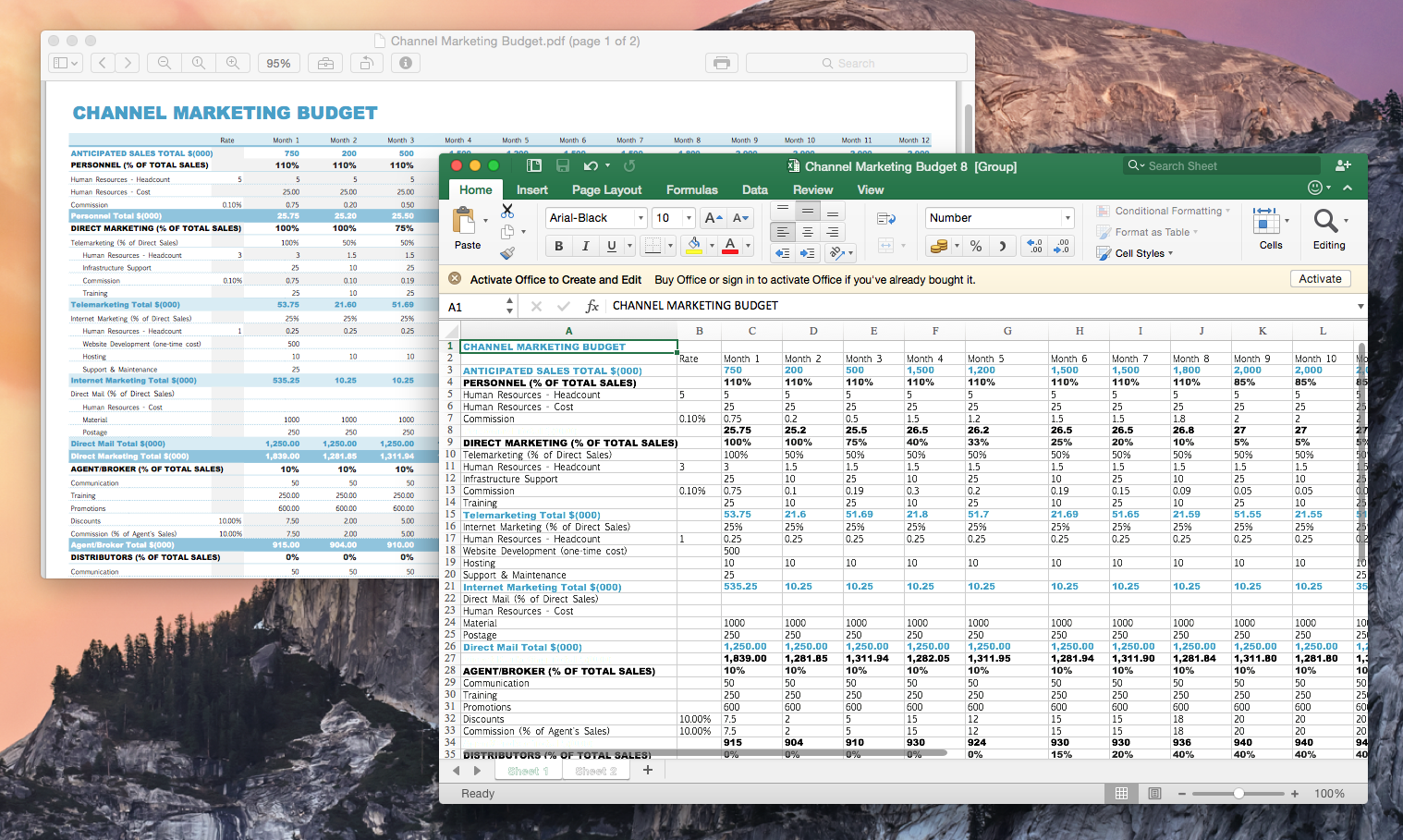

For example, we can filter out all salaries that are above average by clicking “Below Average” from the same menu (Number Filters > Below Average). We can use this filter for a number of other reasons, too. To the right of the dropdown box that says “is less than,” enter “100,000” (or whatever figure you want to use) and then press “OK.”
#EXCEL FOR MAC 2016 SORT COLUMN ALPHABETICALLY MANUAL#
But this way works much better for large data sets where you might have to do a lot of manual clicking to remove entries. Here we can also filter our results, removing anyone who makes over $100,000 per year. This time we’ll click “Number Filters” from the filtering menu and then “Less Than.” Let’s click the arrow next to “Salary” once more. The first way, which works great in our example, is just to uncheck each person who makes more than $100,000 and then press “OK.” This will remove three entries from our list and enables us to see (and sort) just those that remain. In this example, we’re going to filter out anyone who makes more than $100,000 per year.īecause our list is short, we can do this a couple of ways. We can sort by oldest to youngest in age, for example, or arrange employee names alphabetically by clicking the same arrow and choosing the appropriate option.Ĭlick the arrow next to “Salary” to filter this column. These sorting options also work for the age and name columns. We can apply the same sorting to any of the other columns, sorting by the date of hire, for example, by selecting the “Sort Oldest to Newest” option in the same menu. In this case, we’re sorting salaries, so we’ll sort from smallest to largest by clicking the top option.

The first and most obvious way to sort data is from smallest to largest or largest to smallest, assuming you have numerical data.


 0 kommentar(er)
0 kommentar(er)
